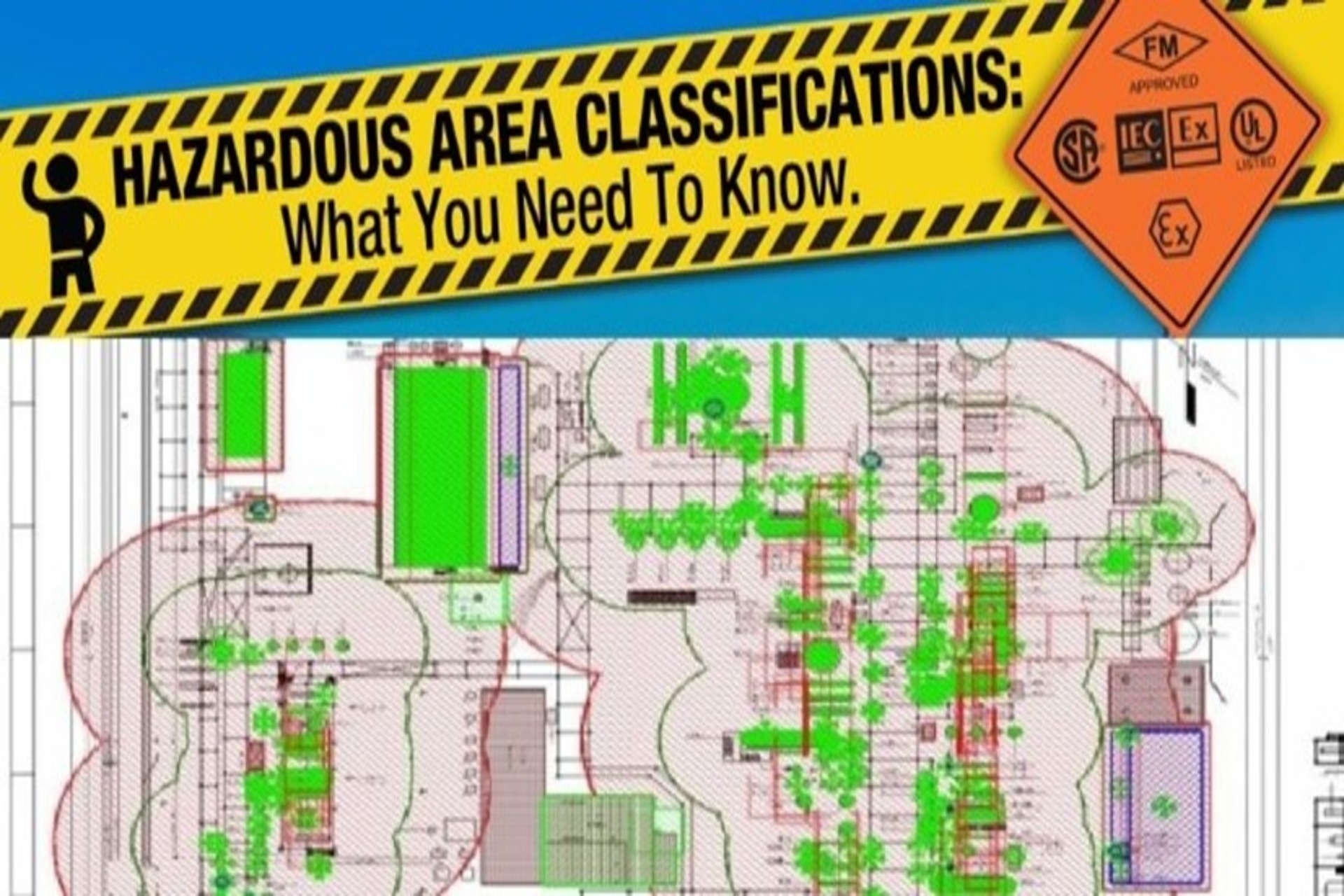
FAQ- HAZARDOUS AREA CLASSIFICATION (HAC) STUDY-IEC
Hazardous Area Classification (HAC) is a critical safety study aimed at identifying and defining the areas around equipment that handles or stores flammable fluids, vapors, and combustible dusts where the risk of fire or explosion is present. The primary goal is to minimize the possibility of an ignition source coinciding with a flammable atmosphere, thereby reducing the risk of fire or explosion.

FAQ - Hazardous Area Classification (HAC) Study - NFPA
Hazardous Area Classification (HAC) is a critical safety study aimed at identifying and defining the areas around equipment that handles or stores flammable fluids, vapors, and combustible dusts where the risk of fire or explosion is present. The primary goal is to minimize the possibility of an ignition source coinciding with a flammable atmosphere, thereby reducing the risk of fire or explosion.

METHODOLOGY FOR HAZARDOUS AREA CLASSIFICATION (IEC)
The purpose of the Hazardous Area Classification study is to determine the extent of the hazardous areas around equipment handling or storing flammable fluids, combustible fluids and combustible dusts, both liquid and vapors in terms of Zone 0/20, Zone 1/21, Zone 2/22 The aim of hazardous area classification is to avoid ignition of those releases that may occur from time to time in the operation of facilities handling flammable liquids and vapors. The approach is to reduce to an acceptable minimum level the probability of coincidence of a flammable atmosphere and an electrical or other source of ignition occurring. In Hazardous Area Classification the extent of the hazardous areas around equipment handling or storing flammable fluids, both liquid and vapors is determined in terms of Zone 0, Zone 1, and Zone 2. The hazardous area classification around the equipment handling flammable/explosive dust is determined in terms of Zone 20, Zone 21, and Zone 22.

METHODOLOGY FOR HAZARDOUS AREA CLASSIFICATION-IS
The purpose of the Hazardous Area Classification study is to determine the extent of the hazardous areas around equipment handling or storing flammable fluids, combustible fluids and combustible dusts, both liquid and vapors in terms of Zone 0, Zone 1, Zone 2 and Division 1 and Division 2

METHODOLOGY FOR HAZARDOUS AREA CLASSIFICATION-NFPA
The purpose of the Hazardous Area Classification study is to determine the extent of the hazardous areas around equipment handling or storing flammable fluids, combustible fluids and combustible dusts, both liquid and vapors in terms of Zone 0, Zone 1, Zone 2 and Division 1 and Division 2
METHODOLOGY FOR ELECTROSTATIC HAZARD RISK ASSESSMENT MULTI PRODUCT FACILITY
Electrostatic discharge (ESD) is a critical ignition source for combustible substances and flammable liquids. Effective safety measures require a thorough understanding and assessment of electrostatic charge. Preventing static charge separation is challenging because its origin is often at the interface of materials. Static electric charge builds up when the rate of charge separation exceeds the rate of charge recombination. While charge separation alone may not pose a fire or explosion hazard, the risk arises during discharge or sudden recombination of these charges, potentially causing ignition. In static electric phenomena, charges are typically separated by resistive barriers such as air gaps or insulation between conductors, or by the insulating properties of the materials being handled or processed. Sparks commonly occur between conductors and insulators. The human body, a proficient electrical conductor, has been involved in many static electric discharge incidents. Sparks from ungrounded charged conductors, including the human body, are primary causes of fires and explosions ignited by static electricity. Conducting an on-site evaluation or survey of the process is crucial to identify any ungrounded conductive objects, including personnel, and materials that could act as electrical insulators, interfering with proper bonding and grounding. This survey should identify locations that might pose a static electricity hazard, even if charge accumulation is not evident at the time of evaluation.




